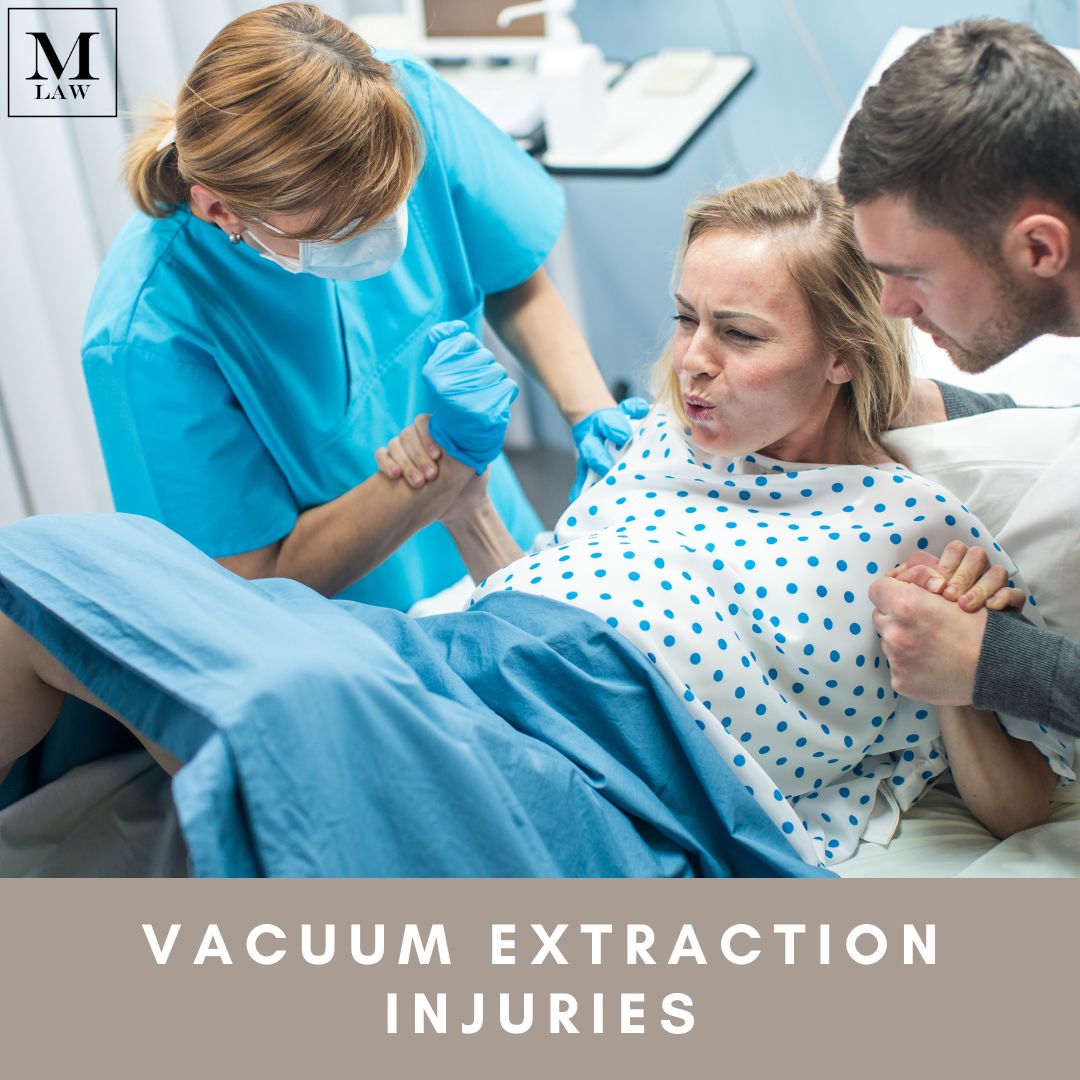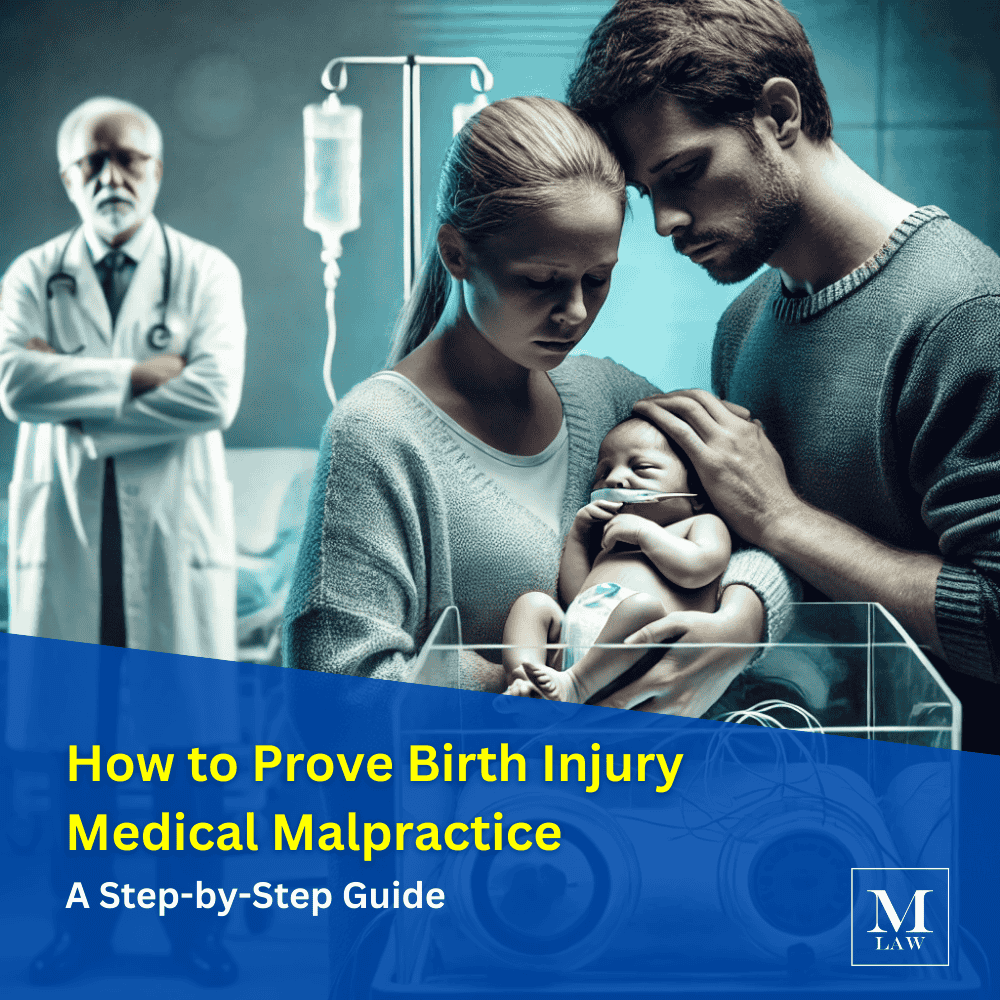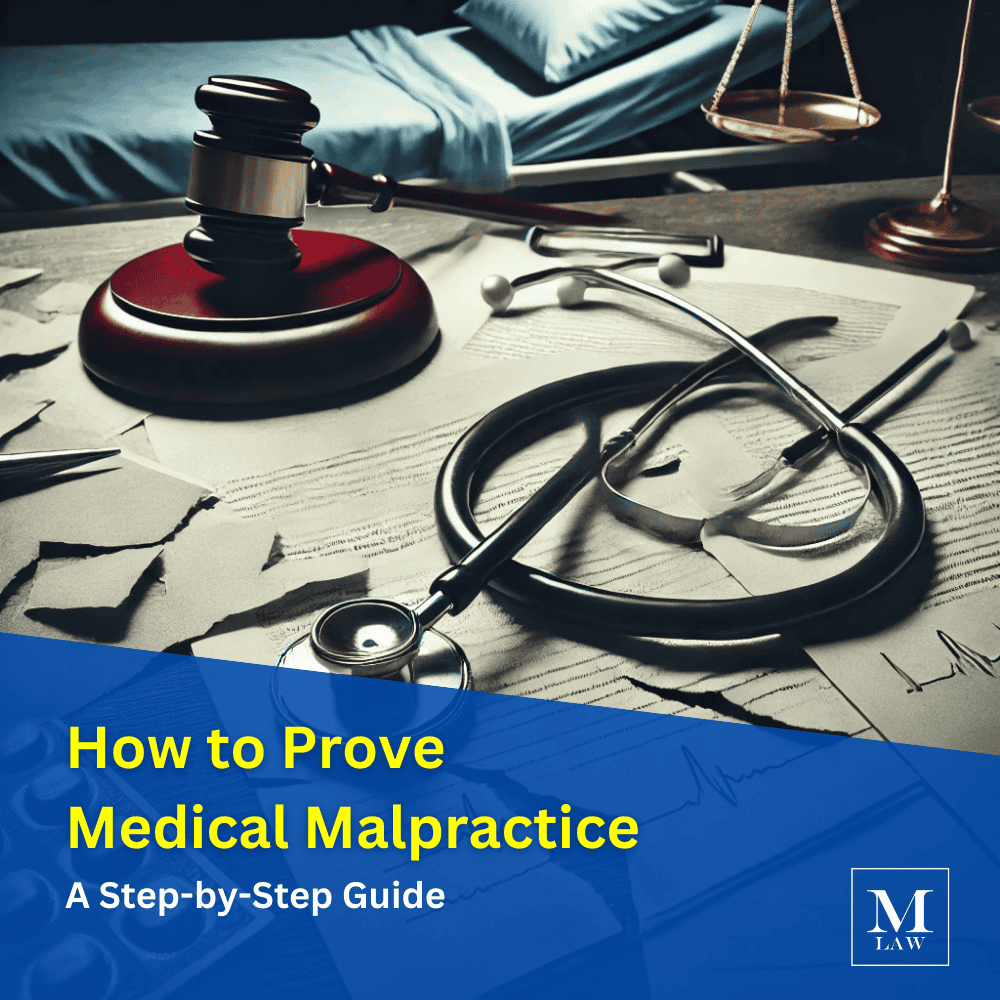Childbirth is a moment of joy and anticipation for parents. However, when complications arise during delivery, medical interventions become necessary to ensure the safety of both the mother and the baby. One such intervention is vacuum extraction, a technique used to assist in difficult births. While vacuum extraction can be beneficial when performed correctly, errors or negligence during the procedure can lead to severe birth injuries. In this post, we’ll take a look into vacuum extraction injuries and how you may be able to pursue rightful compensation for your child’s suffering.
What is Vacuum Extraction?
Vacuum extraction is a medical procedure commonly used during childbirth when a baby is experiencing distress or when the mother’s labor is prolonged. The procedure involves using a vacuum device attached to the baby’s head to help guide them through the birth canal. It is essential to remember that vacuum extraction is a delicate technique that demands precision and caution.
Common Vacuum Extraction Injuries
While vacuum extraction can be successful in many cases, improper use or inadequate medical care can lead to devastating injuries, including:
- Cephalohematoma: A collection of blood between the baby’s skull and the periosteum, causing a bulging appearance.
- Subgaleal Hemorrhage: Bleeding between the skull and scalp that can result in life-threatening blood loss.
- Brachial Plexus Injuries: Damage to the nerves that control the baby’s arms and hands, leading to weakness or paralysis.
- Skull Fractures: Breaks or cracks in the baby’s skull, which can cause significant pain and complications.
- Intracranial Hemorrhage: Bleeding within the baby’s skull, potentially causing brain damage or developmental issues.
- Cerebral Palsy: A neurological disorder affecting movement and muscle coordination, often caused by brain damage during childbirth.
Proving Medical Malpractice in Vacuum Extraction Cases
Establishing medical malpractice in vacuum extraction cases requires a thorough investigation and expertise in medical and legal matters. To prove a medical malpractice claim, four elements must be demonstrated:
- Doctor-Patient Relationship: It must be established that the healthcare provider had a duty of care towards the patient and that a doctor-patient relationship existed.
- Breach of Standard of Care: It must be proven that the healthcare provider deviated from the accepted standard of care during the vacuum extraction procedure.
- Causation: A direct link must be established between the healthcare provider’s negligence and the injuries sustained during the vacuum extraction.
- Damages: The injuries caused by the medical malpractice must result in significant damages, such as physical pain, emotional distress, medical expenses, or long-term disabilities.
Vacuum extraction injuries can have a lifelong impact on both the child and their family. If your family has been impacted by vacuum extraction injuries, it is crucial to seek compassionate and experienced legal representation. Get in touch with our team today by calling our office or filling out the contact form on this page.








